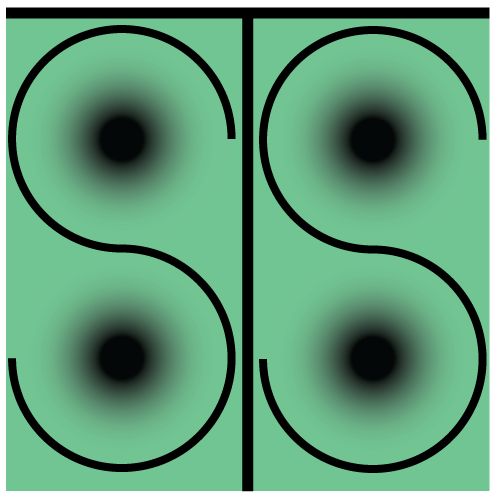Date/Time
Wednesday
21 Mar 2018
3:30 pm - 5:00 pm
Location
575 McCone Hall
Event Type
Non-CSTMS Event
Hannah Landecker
Director, Institute for Society and Genetics, UCLA
This paper explores the history of medicated feed for agricultural animals in the twentieth century as a large-scale remaking of the chemical landscape of the United States. While there has been some appreciation of the addition of antibiotics and hormones to feed as growth promoters, given worries about these as adulterations of the end-product that is milk and meat for human consumption, the large-scale chemical transformation of animal feed since the turn of the twentieth century has gone underappreciated. This paper explains how metabolism became a technical work object in the effort to make more with less. Vitamins, minerals, amino acids, fungal enzymes, short chain fatty acids, arsenical medicines, anti-oxidants, and many other substances are part of this story. As a result of the focus on feed efficiency, what we know about many of these elements is confined to how they affect growth, a positive knowledge that has obscured the many other questions one might ask about how these changes have affected animals, microbiota, environments, and humans. This paper uses data on agricultural feeding not as yet another tale of the industrialization of discrete foodstuffs or activities (cows, farming), but as the grounds for understanding the industrialization of metabolism. The systematic remaking, rescaling and reordering of how matter moves into and between bacteria, plants, and animals is what makes the history of medicated feed so significant. This analysis demonstrates the massive scale of rearrangement of relations constituting the metabolic web in which human eating is hung.
Image source: Digest of Research on Urea and Ruminant Nutrition, E.I. du Pont de Nemours & Company Polychemicals Department, 1958.




